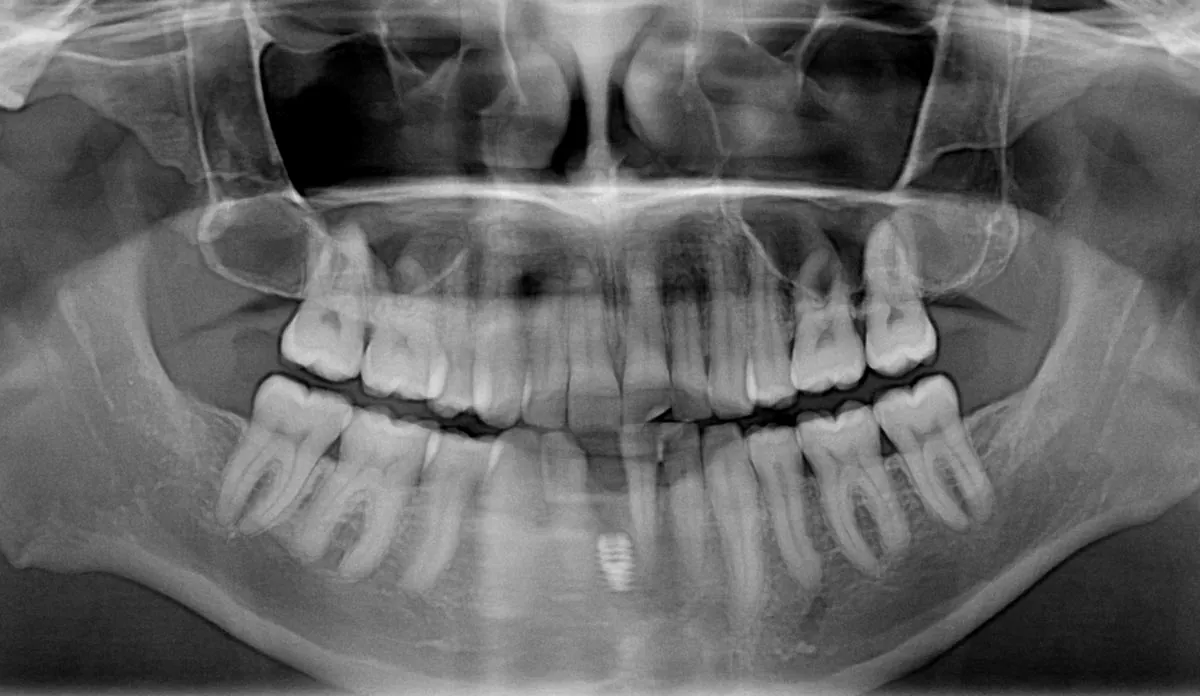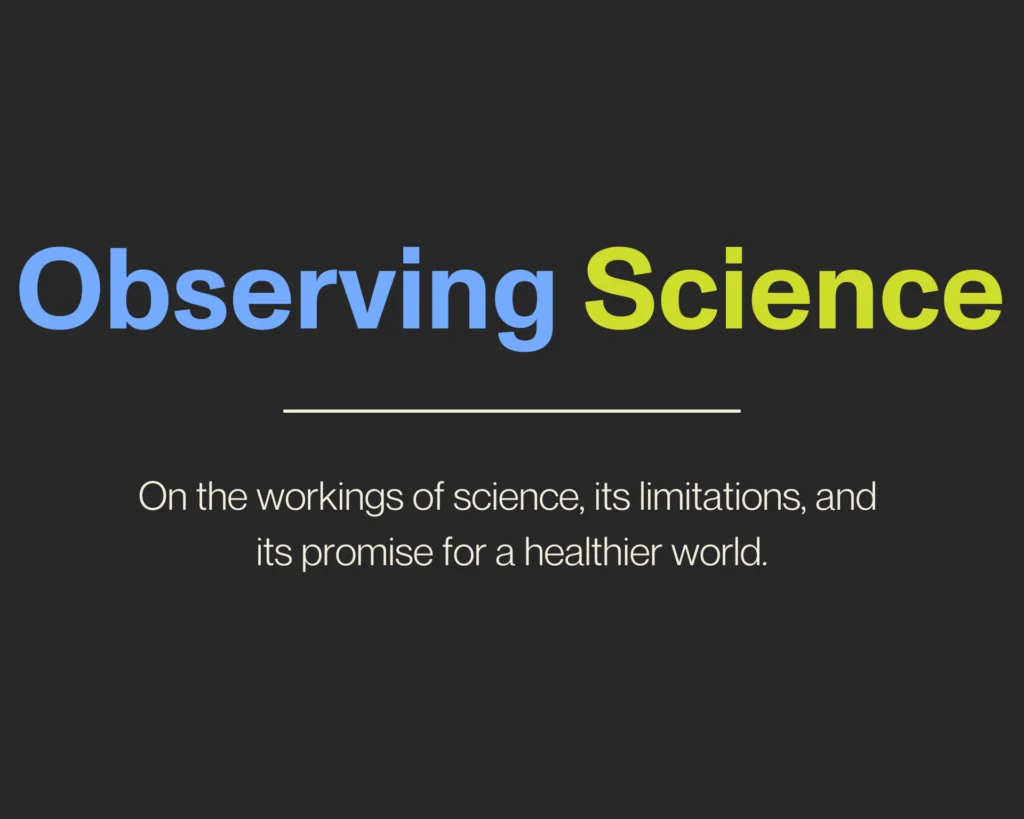Emergency Departments: Safety Nets for Dental Care?
Emergency departments are often referred to as “safety nets” for low-income and uninsured patients. Accessing dental care can be difficult for patients who are not privately insured.

Read Time: 3 minutes
Published:
“We’ve had patients actually break down in tears when they were finally able to smile after orthodontic work,” said Dr. Lydia Wyatt, of the free dental care provided at the Volunteers in Medicine of Southern Nevada Clinic. Accessing dental care can be difficult for patients who are not privately insured. Many patients wait a long time to seek care and eventually resort to emergency departments (EDs).
EDs are often referred to as “safety nets” for low-income and uninsured patients. Between 2001 and 2008, dental-related ED visits increased by 59%. Increases in ED visits can lead to overcrowding and increased health care costs. Even though many individuals go to the ED for dental-related conditions, most of these can be treated in a general dental office.
A study by researchers at the University of Nevada and the Center for Health Information Analysis used data from the State Emergency Department Database of Nevada to assess dental-related emergency department visits between 2009 and 2015. The researchers used the International Classification of Diseases, Ninth Revision to identify traumatic dental conditions, such as maxillofacial injuries, and non-traumatic dental conditions, such as tooth decay or periodontal disease.
Between 2009 and 2015, researchers found an increase in the total number of visits made to emergency departments. Non-traumatic dental visits increased by 21% in this same time period. The data suggest that the increase seen in overall dental-related ED visits may be due to higher numbers of non-traumatic visits.
Uninsured patients and those on Medicaid were up to two times more likely to visit the ED than those with private dental insurance.
Uninsured patients and those on Medicaid were up to two times more likely to visit the ED than those with private dental insurance. Medicaid in Nevada only covers procedures for dental emergencies, pain management, and sometimes dentures, leading Medicaid recipients to skip preventive dental services due to cost.
The data also showed that black patients were more likely to visit EDs for dental-related conditions than white patients. Fewer black adults have insurance than white adults, possibly making them more likely to seek care in the ED.
Researchers point out that some of these dental-related ED visits, especially the non-traumatic visits, could be due to a shortage of dentists in the state. Nevada ranks 32nd in the United States for number of dentists per 100,000 residents.
The researchers recommend that Nevada increase Medicaid reimbursement rates for dental care to bring them closer to market rates. Many dentists cite low reimbursement rates as a reason for not seeing Medicaid patients. Programs that help the uninsured access dental care could also prove effective for reducing ED visits for non-traumatic dental conditions. The authors also recommend increasing recruitment and programs that encourage dentists to stay in Nevada.
Feature image: John M, Smile, metal mouth!, Dental implant cylinder inserted today, used under CC BY-NC-ND 2.0



